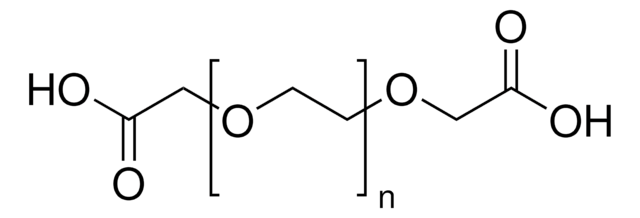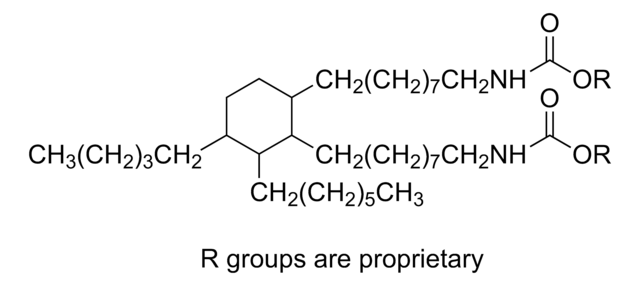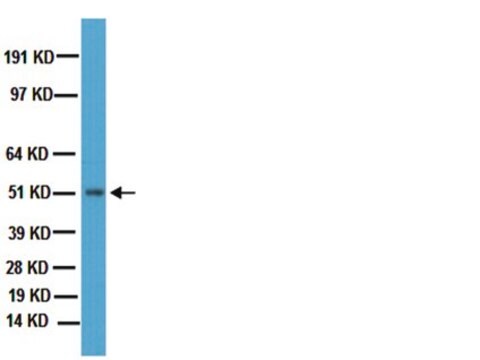909300
Carboxylic acid-poly(ethylene glycol)-b-poly(D,L lactide)
PEG average Mn 5,000, PDLA average Mn 16,000
Synonym(s):
COOH-PEG-PDLA, COOH-PEG-PLA, Carboxylic acid PEG-PDLA, Carboxylic acid-PEG-PLA
About This Item
Recommended Products
form
powder or chunks
mol wt
PDLA average Mn 16,000 (by NMR)
PEG average Mn 5,000 (by NMR)
color
white to tan
storage temp.
−20°C
Looking for similar products? Visit Product Comparison Guide
Related Categories
Application
Storage Class Code
11 - Combustible Solids
WGK
WGK 3
Flash Point(F)
Not applicable
Flash Point(C)
Not applicable
Choose from one of the most recent versions:
Certificates of Analysis (COA)
It looks like we've run into a problem, but you can still download Certificates of Analysis from our Documents section.
If you need assistance, please contact Customer Support.
Already Own This Product?
Find documentation for the products that you have recently purchased in the Document Library.
Our team of scientists has experience in all areas of research including Life Science, Material Science, Chemical Synthesis, Chromatography, Analytical and many others.
Contact Technical Service








